
Acute Wounds
An acute wound is a sudden injury to the skin. Acute wounds can happen anywhere on the body. They range in depth from superficial scratches to deep, penetrating wounds.
Understanding acute wounds
What is an acute wound?
An acute wound is a sudden injury to the skin. Acute wounds can happen anywhere on the body. They range in depth from superficial scratches to deep, penetrating wounds.1
Healing vs non-healing acute wounds
Acute wounds can either be healing, or non-healing wounds. Healing wounds are usually caused by a one-off injury or trauma. They follow a normal healing process that is stable and predictable.1
In non-healing acute wounds, the normal healing process is disrupted. This can happen for two reasons:
- the wound doesn’t respond to treatment, and/or
- the treatment demands are too much for your patient’s physical health, tolerance or stamina.2
Remember: All acute wounds can become non-healing wounds if they’re not properly managed
What are the different types of acute wounds?
Surgical wounds are intentional incisions. They are precise cuts that create clean edges around the wound. They can be closed with stitches, staples or adhesive. Or they can be left open to heal.1 The average healing time for surgical wounds is 14 days.2
Traumatic wounds are injuries to the skin and underlying tissue that are caused by an external force.1 The average healing time for traumatic wounds ranges from 14-28 days, depending on the type of wound.2
Let’s take a close look at the different types of surgical wounds.
The four categories of surgical wounds
Surgical wounds are classified based on how likely they are to become infected after surgery. This infection risk can come from three sources:
- where the wound is on the body,
- how clean or contaminated the wound is, or
- from infection already in the body before surgery.
Below you can see the four categories of surgical wounds and their characteristics.
| Class I: Clean | Class II: Clean-contaminated |
Class III: Contaminated | Class IV Dirty-Infected |
|---|---|---|---|
|
|
|
|
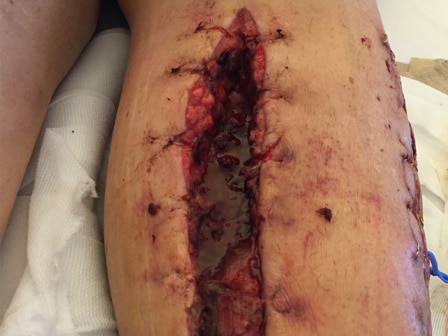
Surgical wound dehiscence – what it is and why it is important
In this section, you’ll learn:
- what surgical wound dehiscence is
- what causes it
- what impact it can have on your patient
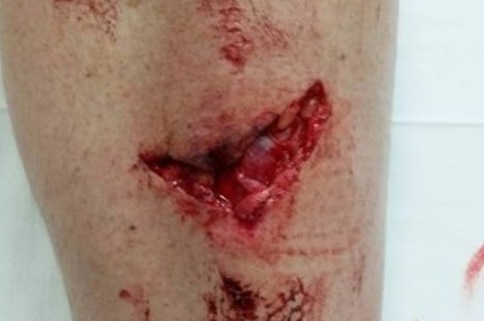
How to manage acute wounds
In this section, you’ll learn:
- how to assess acute wounds
- how to manage acute wounds
- how to create an optimal healing environment
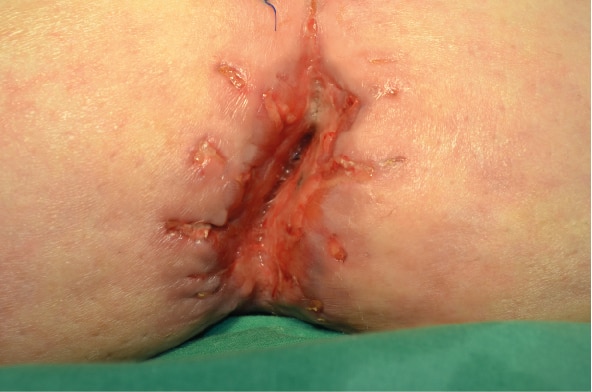
How to treat infection in surgical wounds
In this section, you’ll learn:
- what the clinical signs of surgical site infection are
- who is at risk of developing a surgical site infection
- how to manage a surgical site infection
Types of traumatic wounds
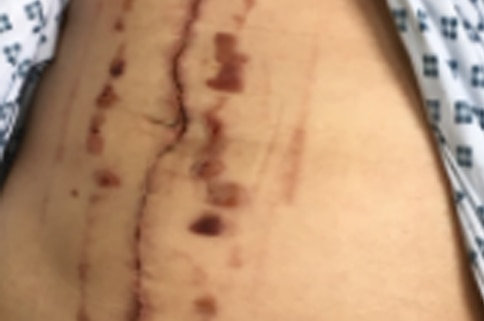
Incision wounds
Incision wounds are controlled, clean cuts resulting from sharp objects like scalpels and knives. They are linear and have regular edges, and can be superficial or deep.
Depending on the depth and site of the wound, an incision can be life threatening, causing serious damage; especially if it involves vital organs, major blood vessels or nerves.
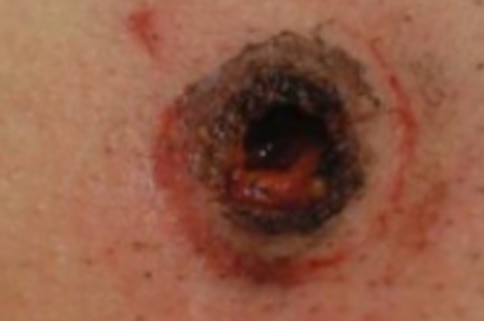
Puncture
Puncture wounds are caused by sharp pointed objects such as a nail or a bite. They are prone to infection and usually do not bleed at a lot. They can be deep and damage underlying structures.
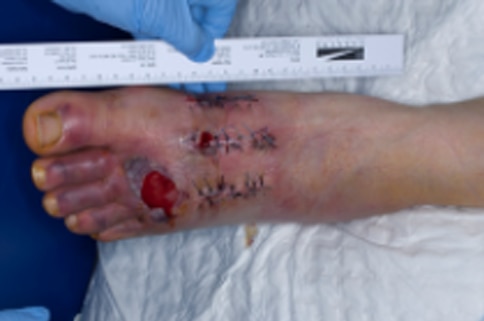
Crush wounds
Crush wounds are injuries that occur when a body part is subjected to a high degree of force or pressure.
Crush injuries can be as simple as slamming a finger in a door to an arm or leg being crushed and trapped under something heavy for an extended period of time.
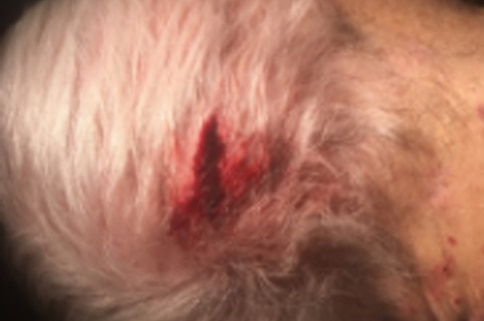
Lacerations
Lacerations are wounds produced by the tearing of body tissue, as distingushed from a cut or incision. External lacerations may be small or large and may be caused in many ways, such as a blow from a blunt instrument, a fall against a rough surface, or an accident with machinery.
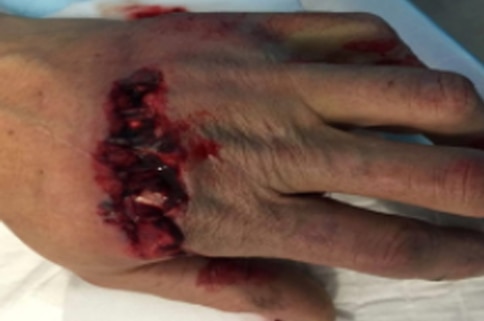
Abrasions
Abrasions are superficial skin damage caused by friction that scrapes off the surface of the skin.
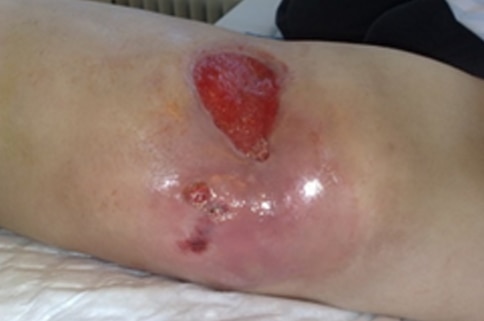
Haematoma
These wounds happen because of blunt tissue trauma. Skin tears are usually associated with haematoma.
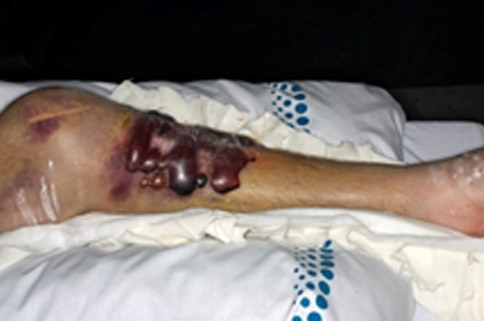
Blisters
A wound that happens when fluid collects between the dermis and epidermis. This can be because of pressure from friction or shear.
